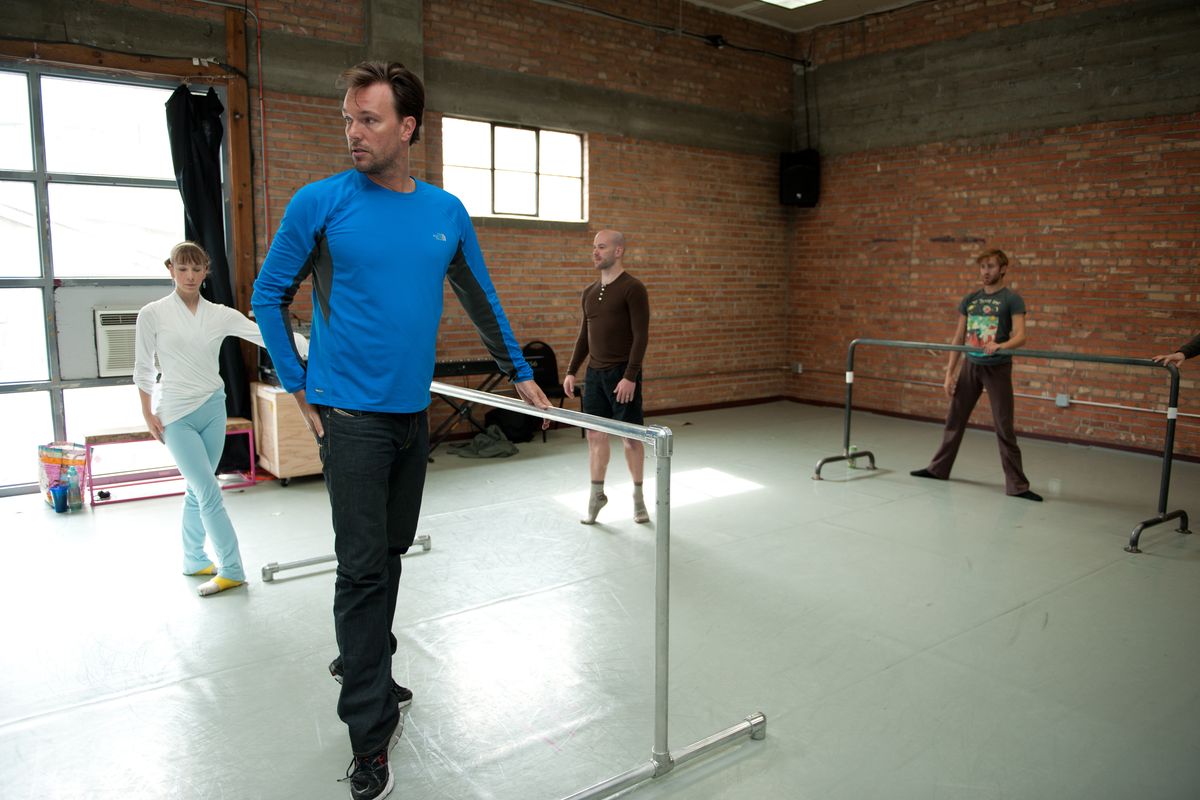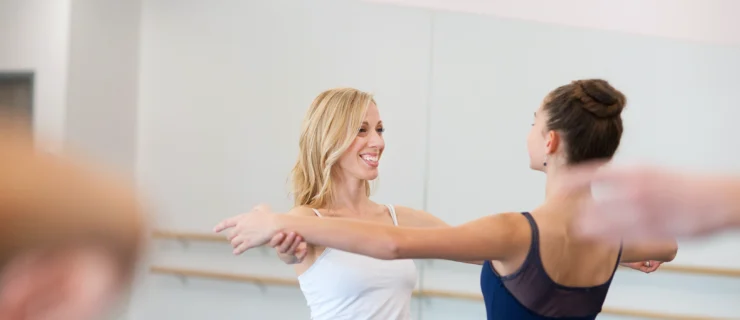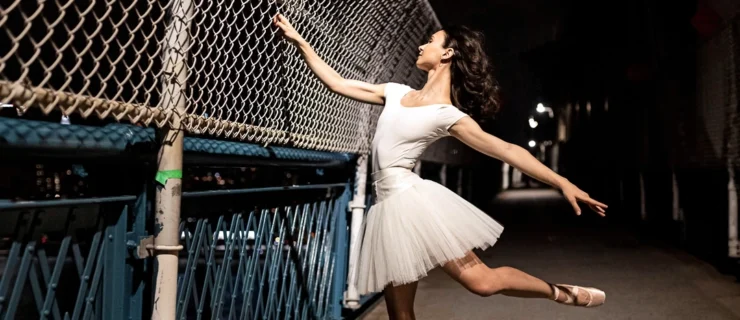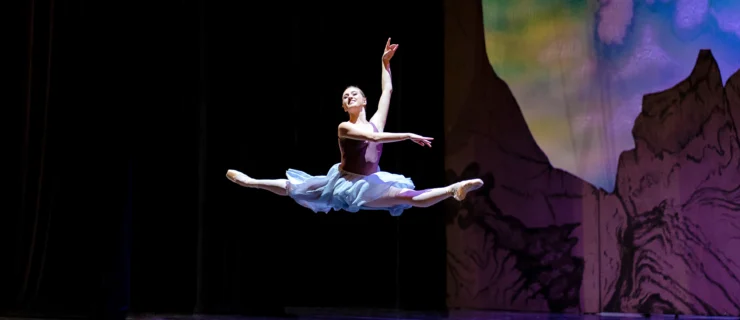Auditions on Your Home Turf: How To Get Noticed When a Choreographer Sets Work on Your Company
This story originally appeared in the February/March 2015 issue of Pointe.
Auditions are an unnerving fact of life for dancers—and can be especially unsettling when they’re done in the comfort of your own company. When visiting choreographers and répétiteurs come to town, they prefer to have a day or two to work with the company before making their casting decisions. The good news is that when someone from the outside is casting roles, dancers often end up on the same playing field regardless of rank, with an equal shot at getting noticed. And if you make the most of the audition, your career can get a major boost. Here are some tips for putting your best self forward.
Before the Big Day

Dance Theatre of Harlem’s Ashley Jackson. Franck Thibault, Courtesy DTH.
Prior to visiting, a choreographer will probably do some homework by watching videos of the company and getting a feel for the dancers ahead of time. Trey McIntyre, director of the Trey McIntyre Project, starts by talking to the director and rehearsal assistants first. “I do my best to explain what I’m trying to achieve with the piece and get suggestions in terms of who they think might fulfill those roles the best,” he says. If you have a reputation for being focused, versatile and a fast learner, you’ll be at the top of the list.
You can gain a competitive edge if you do a little research of your own. “The more prepared you are, the more you can adjust to what the choreographer might want,” says Dance Theatre of Harlem member Ashley Jackson. Before someone comes to set a piece, Jackson looks up the choreographer’s biography online, watches examples of their work on YouTube and reads recent reviews to get a sense of what to expect. For added insight, she tries to talk to friends who have already worked with the choreographer. “You could learn that the person prefers dancers to be more internal, with less showmanship,” she says. Knowing that can help you adjust your projection accordingly.
Don’t Hide
While you don’t need to stand front and center to get noticed, where you are in the studio—and what you’re doing—says a lot. “It’s important to find at least a couple moments when you’re forward and present,” says choreographer Julia Adam, who has created work for companies like San Francisco Ballet, Houston Ballet and Joffrey Ballet. “Hiding in the back can look like you’re disinterested.” Jackson prefers standing in the front but off to the side so she doesn’t have the pressure of being on center. She also tries to make eye contact with the choreographer to make a connection and convey her interest.
McIntyre will hesitate to work with dancers if it looks like they’re afraid to expose themselves artistically. “If someone’s using anything to hide, whether it’s where they stand in class or if they continually make a joke of their mistake instead of focusing on how to fix it,” he says, “I’ll take pause.” McIntyre and Adam also warn against wearing too much junk. “I don’t mind funky style,” says Adam, “but you absolutely have to be able to see the body. That’s also showing an openness and vulnerability, rather than hiding.”
Have a Focused and Open Mind

McIntyre in a stage rehearsal. Courtesy McIntyre.
Choreographers might value different things when it comes to movement quality or aesthetics, but they appreciate a strong work ethic and positive approach. “I look for people who are extremely focused in the studio, who want to take chances creatively and devote themselves to the process,” says McIntyre. “They should do everything they can to describe the kind of person they are in rehearsal and what I can expect them to be like.”
When auditioning for a new ballet, Jackson realizes that her ability to absorb details is being scrutinized as much as her dancing. “I listen to other people’s corrections and avoid talking in the back of the room,” she says. “When other groups are going through combinations, I go with them or work on the side by myself.” More than once, Jackson got into a piece because the choreographer saw her reviewing material in the corner. She’s also made an impression by learning other people’s choreography, even the men’s steps. “If you have to do a version of it later, you already know it,” she says.
If the choreographer teaches material as part of the audition process, it’s important to be adaptable. “You have to be open to what the choreographer wants to create,” says Jackson. “Sometimes it feels weird, or you’re not sure about a step, but the trust needs to be there.”
Adam concurs. When she’s unfamiliar with dancers, she tries to make the most honest connections as quickly as possible. “I try to get a sense of not only how they move but who they are as people,” she says. Adam looks at the dancers’ musicality and whether or not they take direction well. “I can’t reinforce enough the importance of being open,” she says. “Show who you are in your body and in your mind, and don’t pretend to be something you’re not. Then you’ll be put in the right place.”





